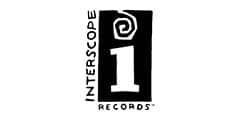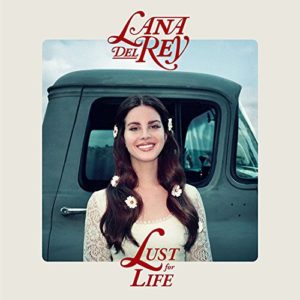Marketplace
2017 Interscope Records PRESSING
- Catalog Number 60255758996
- Release Year 2017
- Vinyl Mastering Engineer Adam Ayan (Mike Bozzi on “Love”)
- Pressing Weight 180g
- # of Disks 2
- Jacket Style Gatefold
Lana Del Rey (real name: Elizabeth Woolridge Grant) has always been playing a character. That’s no criticism. Much of pop remains centered on outsized personalities. With the expansive Lust for Life, she flips the script a little, shifting from the look-what-you-made-me-do role of a femme fatale to a brasher, outspoken personality.
By and large, the transition makes for a stronger look, especially on the electronic murkiness of “Coachella – Woodstock in My Mind,” which finds her moving away from the self-centered selfishness and Southern California bubble that marred some of her earlier work. Strong, too, is the tropical psychedelia of “Get Free,” where Del Rey pines for happiness instead of celebrating depravity. “Lust for Life” and “Summer Bummer” take the vocalist out of her vintage-only soundscapes via hip-hop and R&B influences. And the surprisingly spirited and proud “God Bless America – And All the Beautiful Women in It” comes across as anthemic as anything Del Rey has created.
The album, however, would benefit from some editing, which would bring the singer’s new shades into more prominent view. At more than 70 minutes, Lust for Life definitely aims for cinematic feel—a goal underlined by the reverb-heavy production that often makes it feel as if you’re floating amidst the soundscapes. Del Rey’s luscious voice gets a majority of the attention, and while largely ill-defined, the background instrumentation conveys a brand of surrealism that would suit an auteur of art-house film (and one that might wish for a slightly quieter pressing).
To listen to a Del Rey album is to live inside her sepia-toned vision of Hollywood, where characters thrive—and doubt—while living excessive lifestyles. Yet the work’s lethargic midsection doesn’t convey any fun or heighten the drama. Instead, it leaves one hoping for the credits to roll before we reach the hour-long mark.
Lust For Life


 3
3